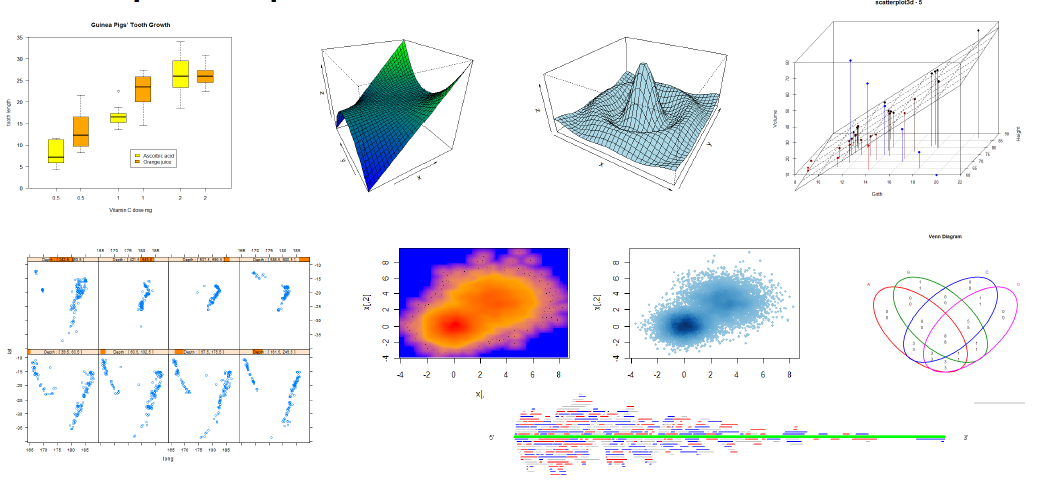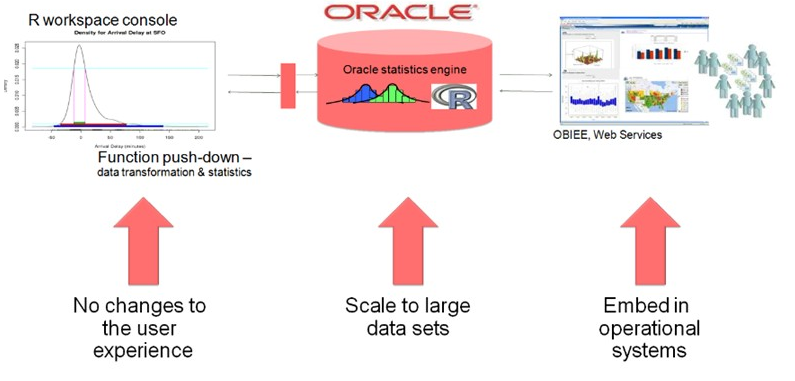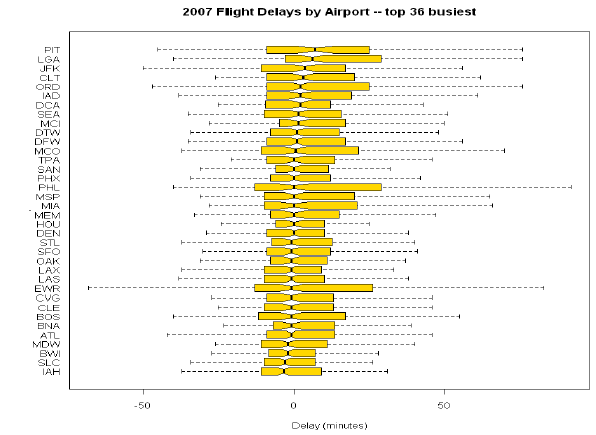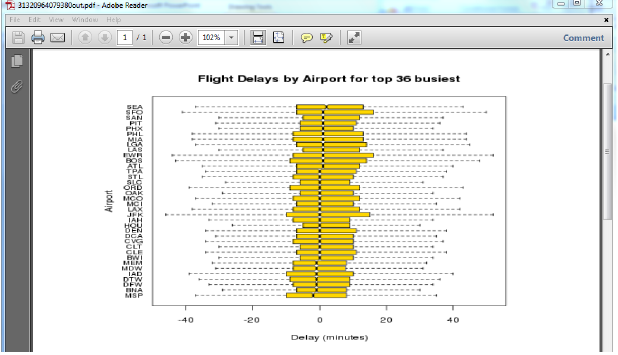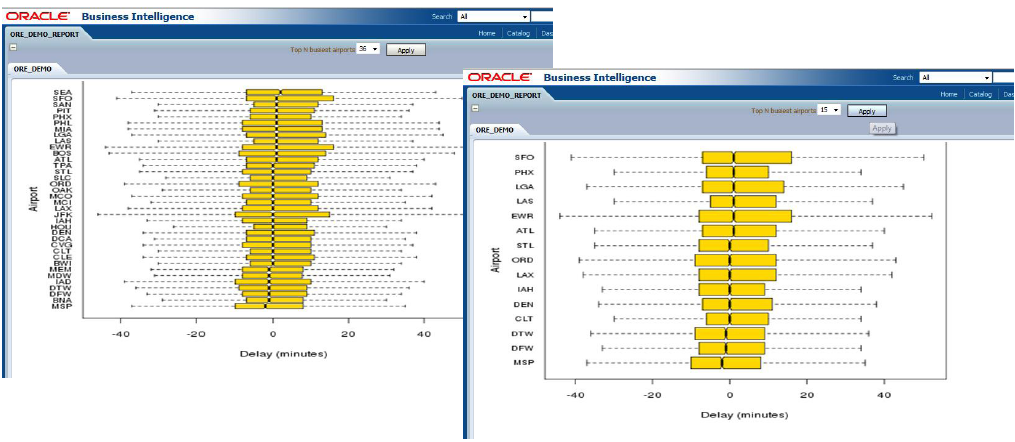29 Mar 2012 Oracle Advanced Analytics
In February of this year Oracle launched Oracle Advanced Analytics, a new option for Oracle Database 11g that extends the database into a platform for big data business analytics. Oracle Advanced Analytics packages Oracle R Enterprise (ORE) with Oracle Data Mining (ODM), providing the capability to sort predictive analysis, statistical computing and interactive graphics inside the database.
With Oracle Advanced Analytics option, analytical capabilities are accessible through SQL and R programming languages. ODM provides predictive algorithms that run as SQL functions. ORE extends the database´s analytical capabilities using R’s statistical functionality library.
ODM is an existing option of Oracle Database that allows using predictive data models in the database; but how Oracle R Enterprise contributes to Oracle exactly? How is it integrated in Analytics? Which are the benefits of this integration?
Oracle R Enterprise (ORE)
R statistical programming language is an open-source language and environment for statistical computing and data visualisation. It supports data manipulation, transformations and graphical displays.
ORE integrates the R statistical environment and language with Oracle Database 11g. This allows R users to execute the R client directly against data stored in Oracle Database, increasing scalability, performance and security of data analysed. Also, R´s data results and graphics can be delivered through Oracle BI Publisher and OBIEE dashboards. You can see some types of R graphs below (Figure 1).
Figure 1 – Examples R graphs types
Using ORE objects, users can continue working in the R language, requiring minimal modifications to their existing R scripts.
Reasons to integrate R into Oracle
The main reason to integrate R language into Oracle Database is to create an analytics platform for big data analytics. Oracle Advanced Analytics eliminates data movement to external analytical servers, accelerates information cycle times and reduces total cost of ownership.
When R statistical programming language runs standalone, it is limited to the memory and processing power of the machine where it runs. Also R is not good for analysing big data, since it can return errors such as data duplication and has performance problems.
ORE increases the memory and improves the performance of R, using Oracle’s engineered systems (Exadata, Big Data Appliance and Exalytics). Also results can be displayed using OBIEE dashboards and BI Publisher tools.
Figure 2 – Oracle R Enterprise
Benefits
The main benefits are as follows:
- Powerful tool: combine the strength and flexibility of open source R with the power, scalability and security of SQL and the Oracle Database
- Scalability: scalable big data analytics (more than 1 billion of rows)
- Eliminate data movement: analysis is performed in the database server
- Performance: With analytical operations performed in the database, R users can take advantage of Oracle systems (with Exadata has shown up to 100x increase in performance)
- Security: provides data analysts with direct but controlled access to data in Oracle Database 11g
R is a common programming language: R users can develop and operationalise R scripts for analytical applications easily, without using SQL
Example
Imagine you want to analyse delay trend of 36 airports. To do it, you want to use directly Box Plot graphs created by R language (Figure 3) and integrate them to BI Publisher (Image 4) and OBIEE dashboards (Figure 5).
Figure 3 – R analysis
Figure 4 – Integration R graph with BI Publisher
Figure 5 – Integration R graph with OBIEE dashboard
Also, using ODM we could predict the delay future trend.
Now, with Oracle Advanced Analytics, customers have a powerful and complete platform for real-time analytics that delivers insight into key business subjects (such as prediction, product recommendations, and fraud alerting).

